by David Parmer / Tokyo
“However advanced the technology may become, life is impossible without humanity, and that’s why we need a combination of science of thinking and art of living” Indian PM N. Modi in Japan
Narendra Modi became India’s 15th Prime Minister on 26 May 2014. It was a long road to the top, and one characterized by incessant hard work and self-transformation. Modi came from a modest home in India’s Gujurat state. He was reported to be an average student with a flair for rhetoric. While still a pre-teen he became interested in politics, and served a long political apprenticeship with the Rashtriya Swayamsevak Sangh (RSS) or National Volunteer Organization, an Hindu patriotic organization.
In his teen years he travelled throughout his country, often visiting Ashrams or religious schools, but he eventually returned to politics as a full-time RSS worker. Modi then became involved in Gujurat politics and finally rose to the position of chief minister. During this time he joined the Bharatiya Janta Party (BJP). In 2001 Modi was named chief minister of Gujurat, a position that he held until he was elected PM in 2014. In 2002 the notorious Gujurat riots occurred in which ethnic Hindu-Muslim violence resulted in the death of hundreds and possibly thousands of people. Modi was cleared of responsibility by the courts, but many continue to hold him responsible for the violence. During his tenure as chief minister of Gujurat Modi emphasized economic development. In 2014 he won a clear majority as BJP supported prime minister.
Modi is an interesting and complex character. He is a writer and poet with a flair for effective use of social media. On his website you can download some of his eBooks including:
- Engaging the world
- Make India Win
- Fast Track Diplomacy
- Digital Gujarat
Modi is a vegetarian who practices yoga and says he relaxes by working. A smart dresser, Indian media reports that he studied Public Relations techniques overseas. And he is nothing if not ambitious and forward looking. If there is such a thing as Indian soft power, PM Modi is its rock star. While he claims that he is not trying to counter Chinese influence, he is often traveling and meeting with regional and world leaders. India will hold a summit of 12 Pacific island nations in 2015, and President Barack Obama will be chief guest at India’s 66h Republic Day on January 26, 2015.
So the question is this: Is Mr. Modi what he seems to be? Is he an Indian nationalist who has become an internationalist? Is the evolution of Narendra Modi from local Hindu politician to world leader complete, or is he just getting started? Perhaps Mr. M. is the right man at the right time for India, for the region and the world. Let us hope so.
Narendra Modi ebooks online
http://www.narendramodi.in/category/ebooks/
Photo: Narendra Modi via flickr
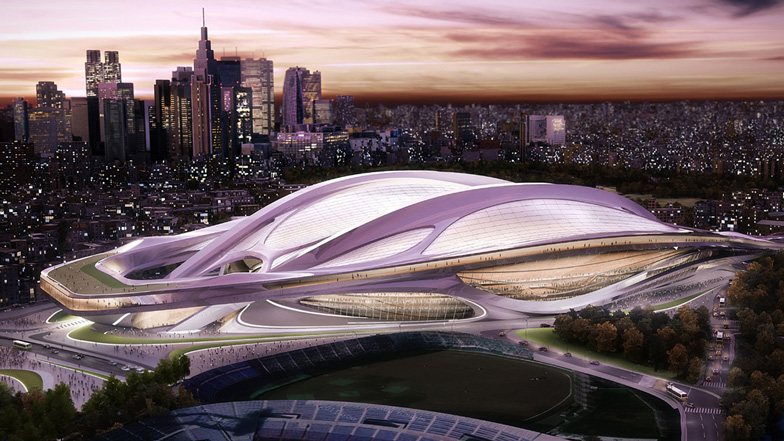 New Olympic Statium (http://www.dezeen.com)
New Olympic Statium (http://www.dezeen.com) 日本語
日本語 English
English 中国語
中国語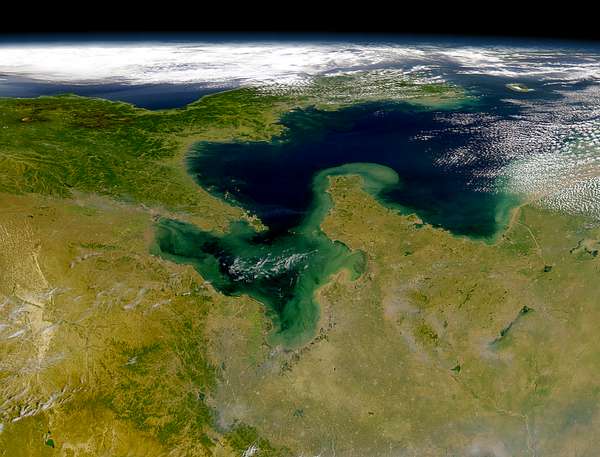
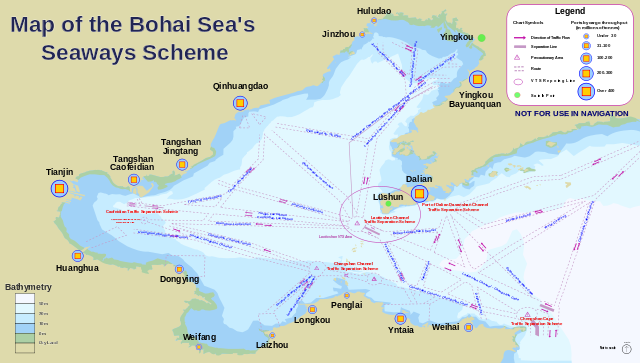 (Map: Wikimedia)
(Map: Wikimedia)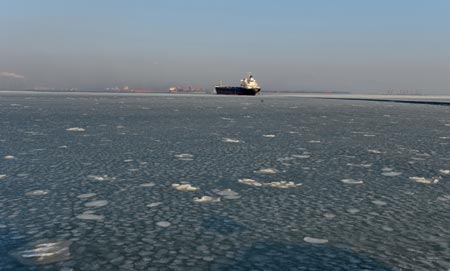
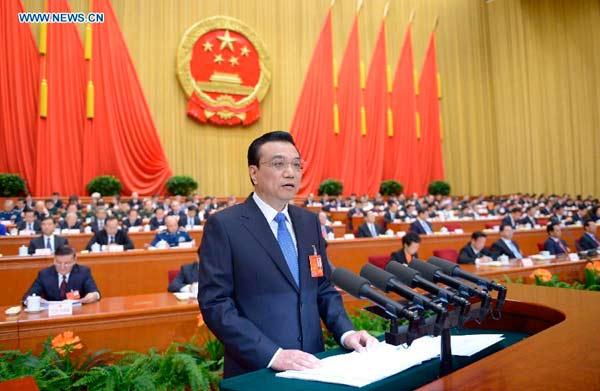
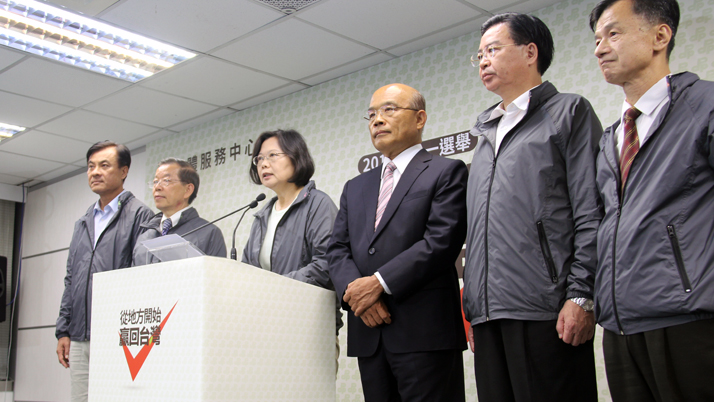
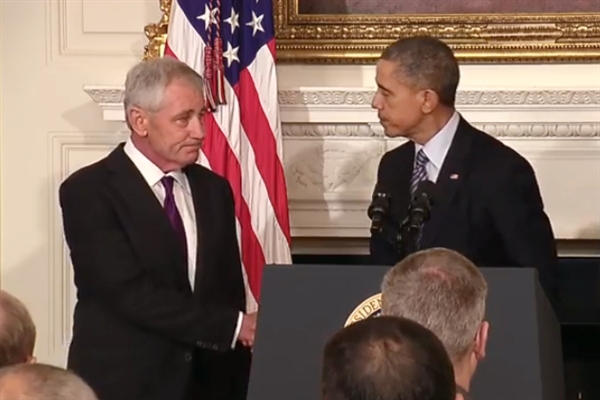 (Photo: Def. Gov.)
(Photo: Def. Gov.)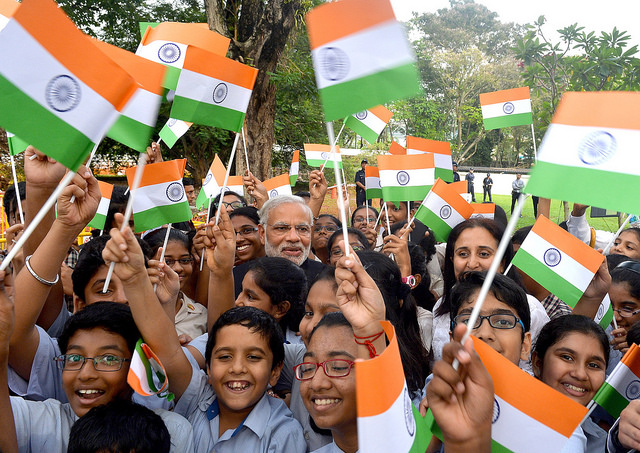
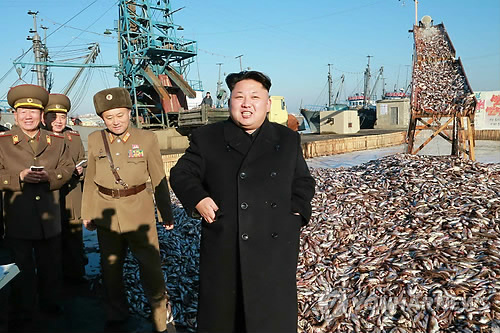 Mr. Kim ( KCNA)
Mr. Kim ( KCNA)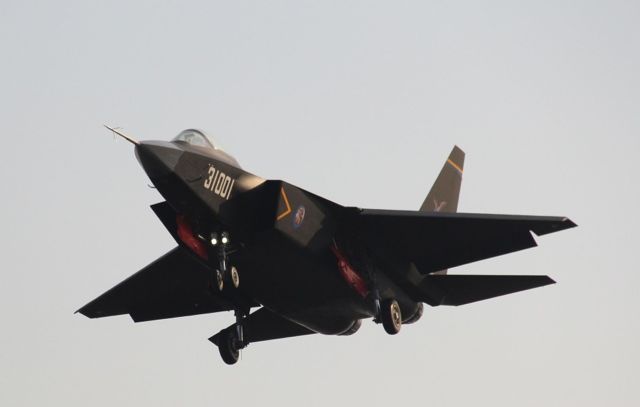
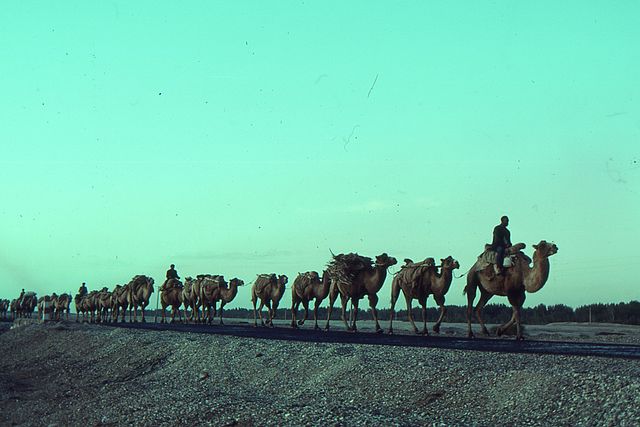 (Photo: Wikimedia)
(Photo: Wikimedia) New Silk Road (Xinhua via Diplomat)
New Silk Road (Xinhua via Diplomat)